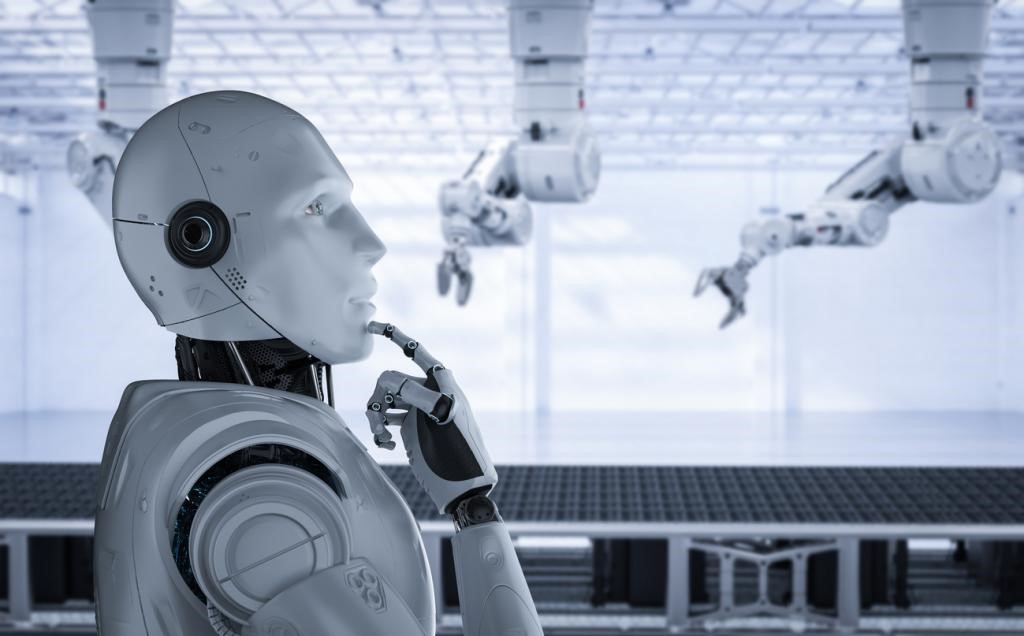Free Courses Sale ends Soon, Get It Now


Free Courses Sale ends Soon, Get It Now



Disclaimer: Copyright infringement not intended.
Context
The development of a metabolic protein capable of withstanding higher temperatures, facilitated by an AI-led robotic lab known as SAMPLE, represents a significant leap forward in protein engineering.
Details
Design of SAMPLE
Functionality of SAMPLE
Workflow of SAMPLE
Experiment
Advantages of SAMPLE
Challenges
Role of Human Researchers
About Enzymes
Structure of Enzymes:
Enzyme Classification:
Enzyme Kinetics:
Factors Influencing Enzyme Activity:
Enzyme Inhibition:
Regulation of Enzyme Activity:
Applications of Enzymes:
Notable Enzymes:
Enzyme Disorders:
Conclusion
In summary, SAMPLE demonstrates the potential of AI-led robotic systems to accelerate scientific discovery in protein engineering and synthetic biology, highlighting the synergy between automation and human expertise in advancing research and innovation.
|
PRACTICE QUESTION Q. Evaluate the significance and potential impact of the Self-Driving Autonomous Machines for Protein Landscape Exploration (SAMPLE) platform in the field of protein engineering. (250 Words) |
© 2024 iasgyan. All right reserved